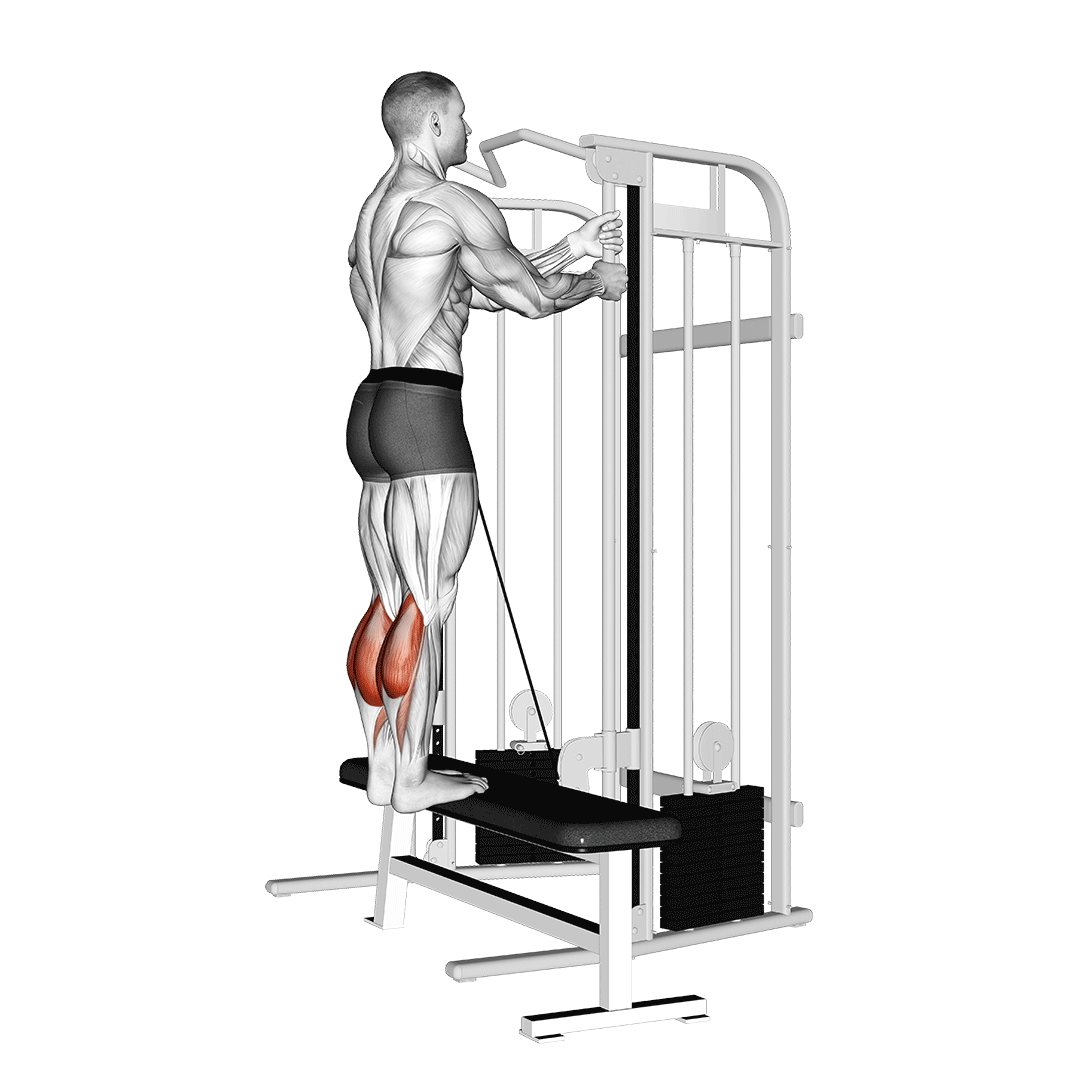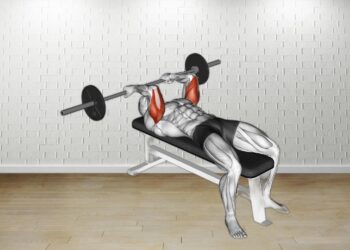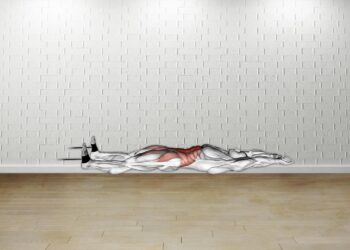To build strong calves, the Cable Standing Calf Raise is a powerful addition to your workout. This exercise effectively targets the gastrocnemius and soleus muscles, providing controlled resistance through a cable machine, which enhances muscle definition and strength. Strong calves improve the aesthetics of your legs and offer benefits such as better stability, balance, and overall athletic performance.
For optimal results, perform the Cable Standing Calf Raise 2-3 times a week. This frequency supports muscle growth while allowing adequate recovery. Begin with a cable machine and a straight bar or rope handle, standing with feet hip-width apart on a step. Maintain a slight bend in your knees, lift your heels, pause to squeeze at the top, and lower back down to engage your calf muscles fully. Start with lighter resistance if you’re new to weight training, gradually increasing it as your comfort grows. Remember to avoid excessive weight to prevent injury, and ensure a safe space around the machine for your movements. Embrace the Cable Standing Calf Raise to strengthen your calves and enhance your fitness journey.
How to Do a Cable Standing Calf Raise

Begin by positioning yourself in front of a cable machine with the pulley set at the lowest setting. Attach a straight bar or rope handle to the cable and grasp it with both hands, standing tall with your feet hip-width apart and the balls of your feet on a step or platform.
- Engage your core and maintain a slight bend in your knees.
- Slowly lift your heels off the step, rising onto the balls of your feet.
- Pause at the top of the movement, squeezing your calves for maximum contraction.
- Gradually lower your heels back down to the starting position, feeling the stretch in your calves.
- Repeat for the desired number of repetitions.
Inhale as you raise your heels and exhale as you lower them back down.
Level Up Your Fitness: Join our 💪 strong community in Fitness Volt Newsletter. Get daily inspiration, expert-backed workouts, nutrition tips, the latest in strength sports, and the support you need to reach your goals. Subscribe for free!
Level Up Your Fitness: Join our 💪 strong community in Fitness Volt Newsletter. Get daily inspiration, expert-backed workouts, nutrition tips, the latest in strength sports, and the support you need to reach your goals. Subscribe for free!
Common Mistakes
- Incorrect Foot Placement: Placing your feet too far apart or too close can impair your range of motion. Ensure your feet are hip-width apart to maximize calf engagement.
- Rushing Through the Movement: Performing the exercise too quickly can lead to poor form and reduced effectiveness. Focus on a slow and controlled motion for both the rise and fall.
- Neglecting the Stretch: Failing to fully lower your heels means missing out on the stretch of the calves, which is crucial for growth. Always allow your heels to descend to a comfortable position for a complete repetition.
- Overusing Momentum: Using momentum rather than muscle strength can lead to injury. Prioritize engaging your calves over swinging your body.
- Forgetting to Engage Core Muscles: A weak core can affect stability and posture. Always engage your core throughout the entire movement to promote better balance and prevent injury.
Benefits
- Increases calf muscle strength: This exercise targets the gastrocnemius and soleus muscles, promoting overall leg strength and endurance.
- Enhances balance and stability: By engaging your core and working on one leg at a time, you’ll improve your balance and stability during various activities.
- Improves joint flexibility: The stretching motion involved in lowering your heels helps increase flexibility in the ankles, reducing the risk of injuries.
- Versatile for all fitness levels: The adjustable weight on the cable machine allows both beginners and advanced users to customize their workouts for progressive overload.
- Increases athletic performance: Strong calves contribute to better performance in sports that involve running, jumping, or quick lateral movements.
Exercise Variations
Alternative Exercises
Safety Precautions
When performing the Cable Standing Calf Raise, proper form is essential to minimize the risk of injury. Ensure that you maintain an upright posture throughout the exercise. This means engaging your core and avoiding the tendency to lean forward or backward excessively, as this can place undue strain on your back. Additionally, be mindful of the amount of weight you select; starting with a manageable load allows you to focus on form rather than ego lifting, which can lead to injury.
Before you begin, ensure that the area around the cable machine is clear of obstacles. This will help prevent any accidental slips or falls while performing the exercise. Always inspect the equipment to confirm that the cable, attachments, and pulley system are in good condition, as faulty equipment can lead to accidents. As you raise and lower your heels, maintain a controlled movement to avoid bouncing, which can stress your muscles and tendons and potentially lead to strains.
Finally, consider your footwear. Opt for shoes with a firm, flat sole to improve your balance and support your feet properly during the calf raise. It’s also wise to warm up adequately before your workout to prepare your muscles and joints for the exercise. Implementing these safety measures will enhance your performance and ensure that you can effectively work towards building strong calves without the risk of injury.








